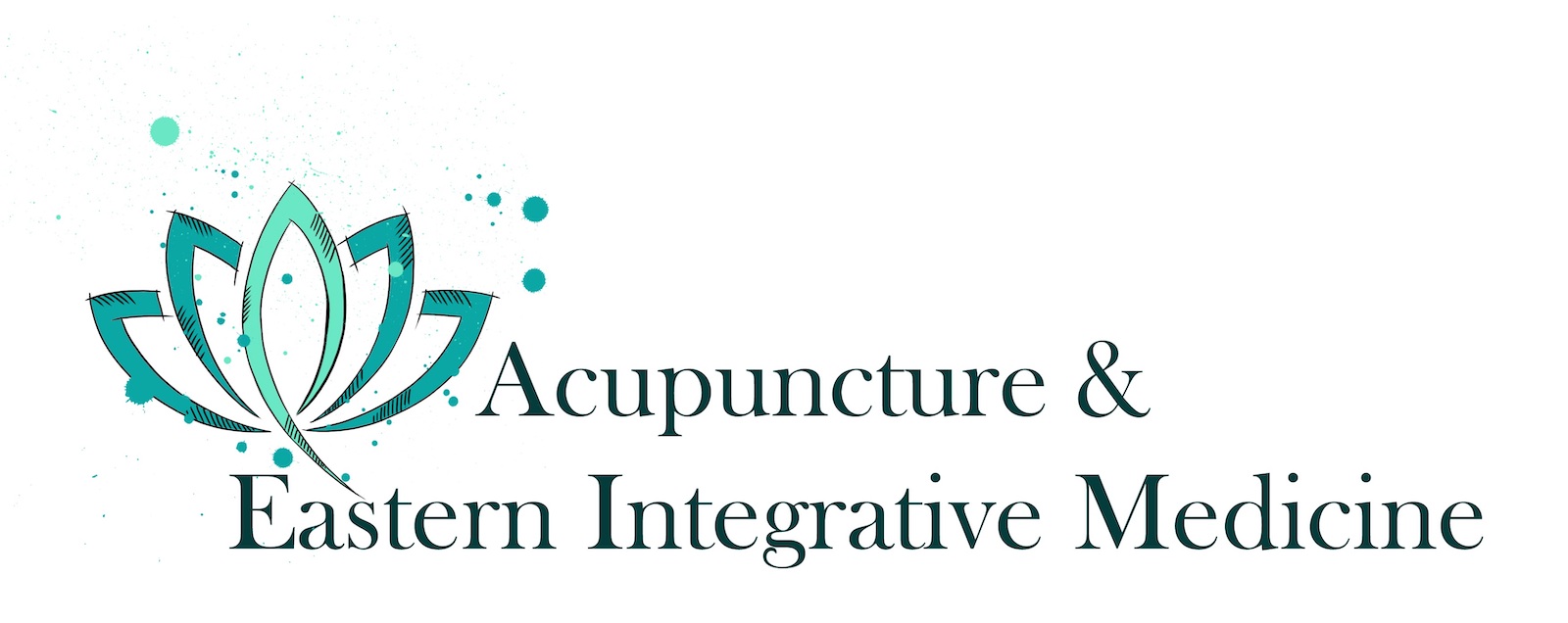Acupuncture is an effective form of medical treatment that has evolved into a complete holistic & Primary Care health care system. Practitioners & Doctors of acupuncture and Chinese medicine have used this noninvasive treatment method to help millions of people become well and stay well.
Acupuncture promotes natural healing by various mechanisms of action (see research tab). It can enhance recuperative power and immunity, support physical and emotional health, and improve overall function and well-being. It is a safe, painless and effective way to treat a wide variety of medical problems, especially any pathological condition involving pain. Think of it as a ‘leg up’ rather than a magic pill (though many call it miraculous!). It simply creates better circumstances for your own body to do what it was perfectly designed to do: heal.
What is Qi? Is it real?
At the core of this ancient medicine is the philosophy that Qi (pronounced “chee”), or vital energy, flows throughout the body. The only mystery of Qi is it’s near-inability to be translated to the English language perfectly. The simplification in translation, my Chinese colleagues explain, is “Qi is what makes the difference between something that is alive and something dead. Part of its meaning is “breath”. I tend to think of it as breath, the blood that carries it, the electro-magnetic & chemical interactions that animate the living. When organs of the body have less than their share of “it” or when, for instance, scar tissue or inflammation is blocking “it”, then pathology or pain or both area created. When “it” is plentiful and smoothly flowing, the body can protect itself from illness, pain and disease.
How does Qi move?

Qi flows through specific pathways called meridians (this ancient physiological system has been identified in modern times & is often referred to as the “Primo Vascular System” or the “Bong-Han System” — see the research tab). There are fourteen main meridians inside the body. The diagram to the right shows the meridian pathways in the body. Each of these is connected to specific organs and glands much like the peripheral nerves follow the dermatomes from the spine.
More like an electrical circuit than a river, meridian pathways flow and innervate sensory and motor nerves, blood flow, lymph and provide energy to cells, glands, muscles, organs, etc. (quantifiable nerve activity and cellular ATP have been studied in acupuncture among other physiological enhancements) .
How is Qi disrupted?

An obstruction to the flow of Qi is like a dam or any blockage. In Chinese Medical Theory, when Qi becomes backed up in one part of the body, the flow becomes restricted in other parts. This blockage of the flow of Qi can be detrimental to a person’s health, cutting off vital nourishment to the body, organs and glands. The Chinese believed in the Law of Conservation of Energy: energy is not destroyed or created….. so, if the digestion is weak (deficient & depleted), then other organs are suffering a pathology from too much excess — build up. An example is fatty build-up and congestion around the liver and gallbladder from a weak digestive system (often weakened by white sugar, alcohol, & too much cow dairy & other items taxing to the digestion).
Physical and emotional trauma, stress, lack of exercise, overexertion, seasonal changes, poor diet, accidents, or excessive activity are among the many things that can influence the quality, quantity and balance of “Qi” flowing or not flowing properly through the human body.
Normally, when a blockage or imbalance occurs, the body easily bounces back, returning to a state of health and well-being. However, when this disruption is prolonged or excessive, or if the body is in a weakened state, illness, pain, or disease can set in.
What does an acupuncturist do?
During the initial exam a full health history is taken. Questions are asked regarding health, symptoms and lifestyle. An appropriate physical exam is conducted, including pulse and tongue diagnosis and will likely take a full 45 minutes or so.
Gathering this information enables the practitioner to effectively diagnose and detect any specific imbalances that may have contributed to a person’s health problems. If the Doctor of Acupuncture is also steeped in herbal knowledge, she/he will ask very pointed questions to diagnose a “pattern” that is at the root and underlying cause. Patterns, rather than diseases (e.g. weakened digestion causing liver signs of taut sinews and high blood pressure). The practitioner can then create a well-structured treatment plan of acupuncture, herbs, and other non-invasive evidence-based treatments.
Your first visit will probably include acupuncture. The Acupuncturist will place fine, sterile needles (individually packaged, single use needles are law) at specific acupoints along meridian pathways. This safe and painless insertion of the needles (of, usually, 30 guage or skinnier) can unblock the obstructions and stimulate/innervate various areas of the body. Often a rushing of warm blood and even palpable electrical stimulus can be sensed. This can eliminate pain and restore balance and harmony, as well as the body’s ability to heal itself—ultimately leading toward optimal health, accelerated healing, and an array of positive experiences in well-being.



